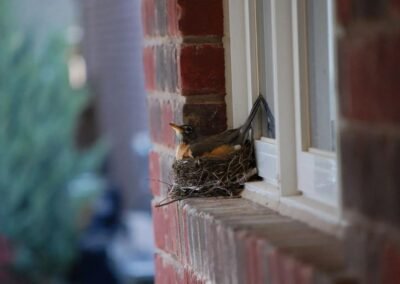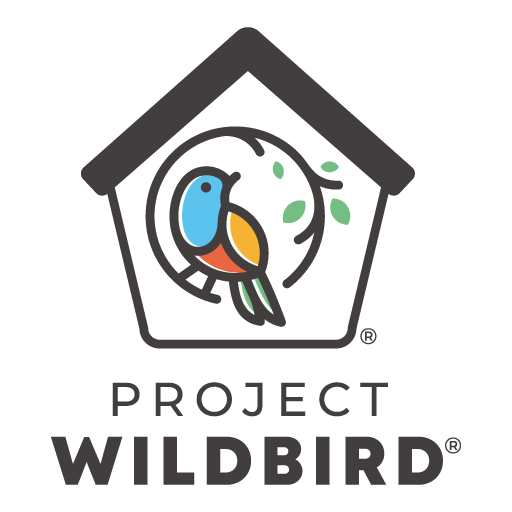Fall in Love with Local Birds – Top Feeder Ingredients

As the vibrant colors of fall begin to paint the landscape, it’s the perfect time to focus on our year-round avian residents. While many birds embark on migratory journeys, there are non-migratory species that stay in our backyards through the changing seasons. To keep these local birds well-fed and happy, you can offer them the right types of bird food that mimic their natural diet.
When shopping for bird food, look for the WBFI Quality Standards label! This label signifies that the product adheres to best practices established by the WBFI since 1994. By selecting items with this label, you can feel confident that you’re providing the best possible care for the birds in your backyard, supporting their health, and enhancing your bird-feeding experience.
Why Mimic Natural Food Sources?
Birds have evolved to feed on specific types of natural foods based on their physical characteristics, such as beak shape and dexterity. To meet their nutritional needs, it’s important to not only offer food that resembles their natural diet but also to use the right type of feeder for each seed. Different seed types require specific feeders to ensure that birds can easily access and enjoy the food. Here are some key ingredients to include in your feeders:
- Sunflower and Safflower Seeds – These seeds mimic the natural tree seeds that many local birds enjoy, such as pine, hemlock, spruce, and various native sunflower species. They are high in energy and essential fats, making them a favorite among many backyard species.
- Millet – Millet closely resembles the small seeds found in native flowers and weeds like crabgrass, chickweed, and foxtail. It’s particularly appealing to ground-feeding birds such as sparrows and juncos.
- Nyjer® – A small, thin, black or brown seed from the African Daisy – Guizotia abyssinica. Nyjer® seed is high in oil, it is a nutritious source of energy for backyard birds. Foraging birds with smaller, sharply pointed bills that can cling to feeders are the main consumers of Nyjer® seed.
- Peanuts – Whether in or out of the shell, peanuts mimic the acorns and pine nuts that various birds consume. They are especially appealing to woodpeckers, nuthatches, and titmice, providing them with a hearty source of protein and fat.
- Suet Products – Suet is a high-energy food made from animal fat and is perfect for offering a rich source of calories. It’s especially beneficial during cooler months when birds need more energy to maintain their body heat. Suet products often include seeds, nuts, or fruits, making them an attractive option for woodpeckers, nuthatches, and other species that enjoy feeding on fats and oils.
- Mealworms – A great choice for simulating the insect larvae that many birds seek out in the wild. They are highly nutritious and attract insect-eating species like bluebirds and chickadees. Offering mealworms can help support these birds, especially during the cooler months when insects are less abundant.
- Black Fly Larvae- A fantastic protein source, black fly larvae closely resemble the insects that birds would naturally forage for in the wild. They are particularly beneficial for insectivorous birds, providing essential nutrients that help them thrive, especially during fall when natural insect populations decline.
- Water – In addition to providing the right food, remember that non-migratory birds also need access to fresh water. Consider adding bird baths or water features to your backyard oasis to keep your feathered friends hydrated.
Each species has unique needs, making it important to adapt the food and resources you provide as the seasons change. To discover how you can best care for your feathered friends this fall, explore our blog on Transitioning Bird Care from Summer to Fall. For more insights into the specific foods and thoughtful ingredients that attract local birds, visit our Bird Feeding Basics page and enjoy the company of your avian neighbors all season long.
Recent Articles
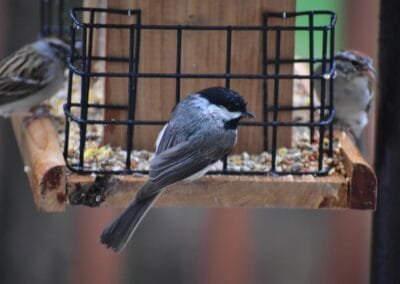
Where should your feeder be hung?

Fall in Love with Local Birds – Feeder Tips
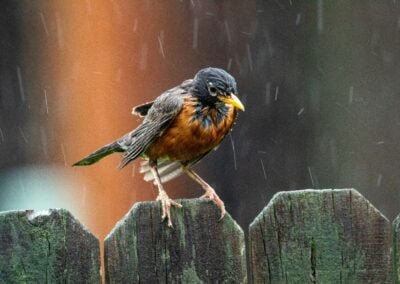
Fall in Love with Local Birds – The Importance of Year-Round Feeding

Fall in Love with Local Birds – Top Feeder Ingredients

Fall in Love with Local Birds – North American Non-Migratory Birds
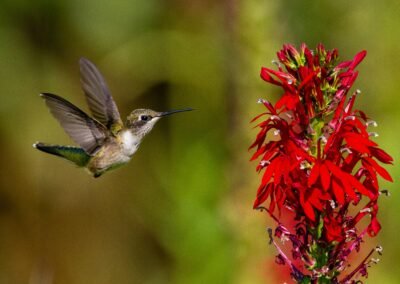
Chasing Spring: The Marvel of Hummingbird Migration

2024 Great Backyard Bird Count Results
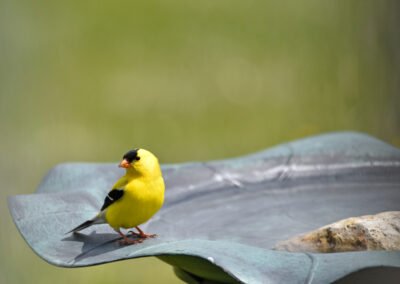
The Art of Attracting Birds to Your Yard
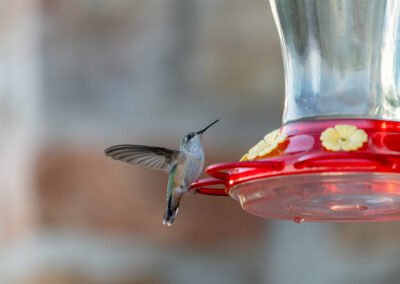
Why Bird Feeding is Important
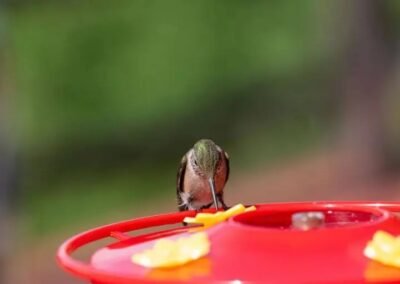
Hot Tips for Cool Birds: Caring for Feathered Friends During the Summer Heat
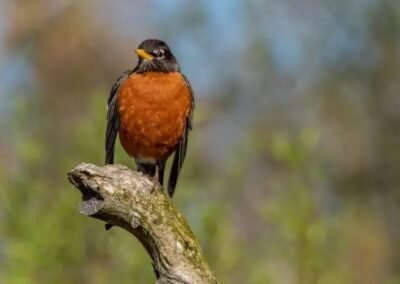
The Soothing Melody of Birds: Exploring the Mental Health Benefits of Nature’s Song
